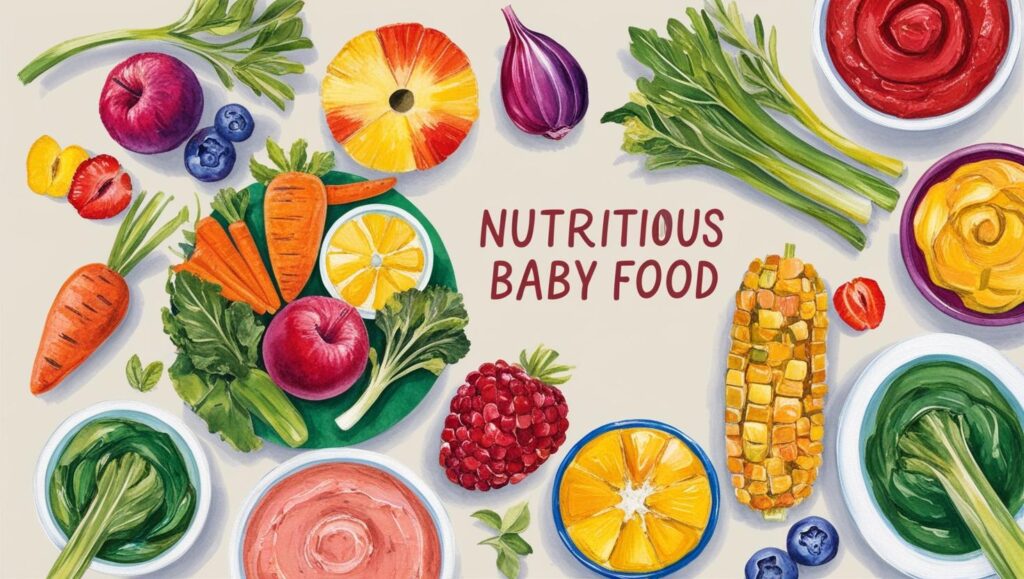Introduction
Every child deserves the best start in life, and proper nutrition in the first two years lays the foundation for lifelong health. In the South-East Asia Region (SEAR), where cultural diversity and economic disparities influence feeding practices, ensuring optimal infant and young child feeding (IYCF) is both a challenge and a priority.
This comprehensive guide explores:
✔ Current IYCF trends in SEAR
✔ Key challenges parents face
✔ Best practices for breastfeeding & complementary feeding
✔ Success stories from the region
✔ How governments and communities can help
Let’s dive in!

Why Infant and Young Child Feeding Matters
The first 1,000 days (from pregnancy to age two) are a critical window for brain development, immunity, and physical growth. Poor feeding practices can lead to:
- Stunting (impaired growth)
- Wasting (low weight for height)
- Micronutrient deficiencies (iron, vitamin A, zinc)
WHO & UNICEF Recommendations:
✅ Exclusive breastfeeding for the first 6 months
✅ Continued breastfeeding + solid foods from 6–24 months
✅ Safe, diverse, and nutrient-rich complementary foods
(Image: A mother breastfeeding her newborn with a caption: “Exclusive breastfeeding for six months gives babies the best start.”)
Current IYCF Trends in South-East Asia
Data from WHO and national health surveys reveal mixed progress:
1. Breastfeeding Rates
| Country | Exclusive BF (0-6 months) | Early Initiation (within 1 hour) |
|---|---|---|
| Sri Lanka | 82% | 90% |
| Nepal | 66% | 55% |
| India | 58% | 42% |
| Indonesia | 52% | 51% |
Key Insight: While some countries like Sri Lanka excel, others struggle due to cultural and economic barriers.
2. Complementary Feeding Practices
- Only 30% of infants in SEAR receive minimum dietary diversity.
- Many rely on rice-based porridge, lacking proteins and vitamins.

5 Major Challenges in SEAR
1. Cultural Myths & Misbeliefs
❌ “Colostrum is dirty” → Delayed breastfeeding initiation.
❌ “Water & honey are needed for newborns” → Reduces breastmilk intake.
2. Lack of Maternal Support
- Working mothers often stop breastfeeding due to short maternity leave.
- Healthcare workers sometimes lack proper IYCF training.
3. Aggressive Formula Marketing
Despite regulations, some companies violate the International Code by promoting formula as “better than breastmilk.”
4. Food Insecurity & Poverty
Many families cannot afford eggs, meat, or fortified foods.
5. Poor Sanitation & Infections
Diarrhea from contaminated water reduces nutrient absorption.
(Image: A mother reading a nutrition guide with her child, captioned: “Education empowers better feeding choices.”)
Best Practices for Better IYCF
1. Strengthen Breastfeeding Support
✔ Community counseling to debunk myths.
✔ Skin-to-skin contact immediately after birth.
✔ Workplace lactation policies for working moms.
2. Improve Complementary Feeding
✔ Introduce diverse foods at 6 months:
- Proteins (lentils, eggs, fish)
- Vitamins (leafy greens, carrots, fruits)
- Fortified cereals (iron & zinc-enriched)
✔ Avoid junk food & sugary drinks.
3. Government & Policy Actions
✔ Enforce maternity leave (at least 6 months).
✔ Ban unethical formula milk marketing.
✔ Subsidize nutritious foods for low-income families.

Success Stories from the Region
🇧🇩 Bangladesh’s Community Nutrition Program
- Trained female community health workers to promote breastfeeding.
- Result: Exclusive breastfeeding rates rose from 43% to 65% in a decade.
🇹🇭 Thailand’s Baby-Friendly Hospitals
- Hospitals encourage immediate breastfeeding after birth.
- Result: Early initiation increased to 85%.
🇱🇰 Sri Lanka’s Strong Policies
- 6-month paid maternity leave + strict formula marketing laws.
- Result: One of the highest breastfeeding rates in SEAR.
How Can You Help?
🔹 Mothers & Caregivers:
- Breastfeed exclusively for 6 months.
- Introduce varied, homemade foods at 6 months.
🔹 Employers:
- Provide lactation breaks & childcare support.
🔹 Policymakers:
- Invest in nutrition education & food security programs.
Final Thoughts
Improving infant and young child feeding in South-East Asia requires awareness, policy changes, and community involvement. By combining traditional wisdom with modern science, we can ensure every child grows up healthy and strong.
What challenges have you faced with child feeding? Share in the comments!

